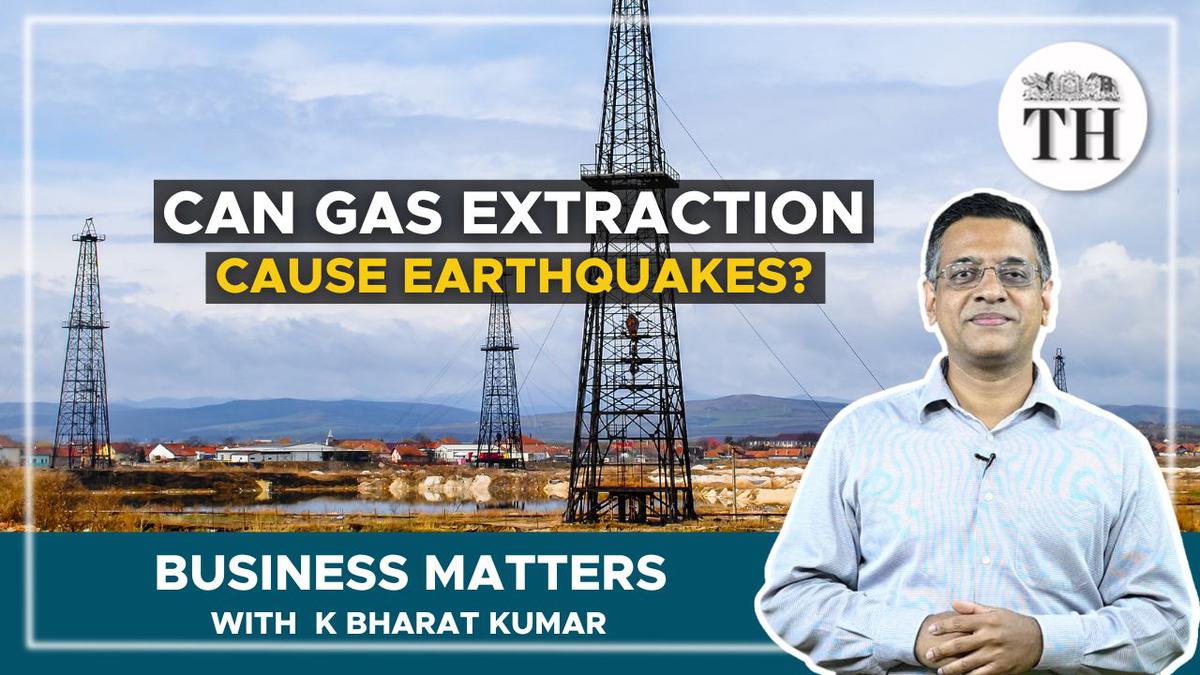
Watch | Business Matters | The gas that Europe has but may not use
The Hindu
A video explainning whether oil or gas exploration cause earthquakes and why are people in India talking about gas in the Netherlands
Nord Stream 1 is an 11-year old, 1200-km pipeline that goes from Russia, under the Baltic Sea, taking Russian gas to Germany. Last month, numerous leaks – apparently caused by explosions – drove supplies to an almost complete halt.
The timing is inopportune, as residential and commercial heating by gas is required to fend off the oncoming winter. Nord Stream 2 is not yet operational. With Europe having built up its gas reserves and relatively warm weather so far, it should be able to see this winter through but the anxiety is about next year, as if it has dip into reserves if the winter happens to be harsh.
One source that could help is a not-so-little field in the Netherlands, and that discussion is a non-starter.
Groningen in the Netherlands has a gas field that began operations in 1963, but starting in the 1980s, the region has seen numerous earthquakes – minor enough to avoid large damage but big enough for local buildings to develop cracks. The Dutch government had earlier said it would shutter the field in response to local dissent. The closure date was also advanced to 2022 from 2030.
Can oil or gas exploration cause earthquakes? Why are we in India talking about gas in the Netherlands?

The Union Budget unveiled on February 1, 2025, has come at a time of unprecedented global uncertainty and a flagging domestic economy. The real GDP growth is estimated at 6.4% for 2024-25 and between 6.3-6.8% for 2025-26, a far cry from >8 percent growth required annually to make India a developed nation by 2047. While much attention has been devoted to the demand stimulus through income tax cuts, not enough is said about the proposed reforms in urban development, tariff rationalisation, and regulatory simplification aimed at making Indian cities and corporates more competitive. Since the majority of economic activity is located in cities (urban areas account for ~55% of GDP) and produced by large corporates (~40% of the national output and 55% of India’s exports), the above-mentioned reforms have a pivotal role in improving India’s trend growth rate. Below we unpack each reform.












